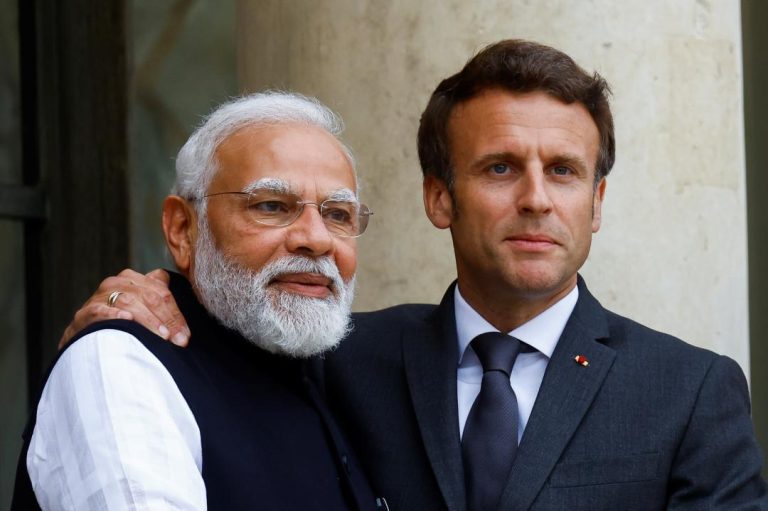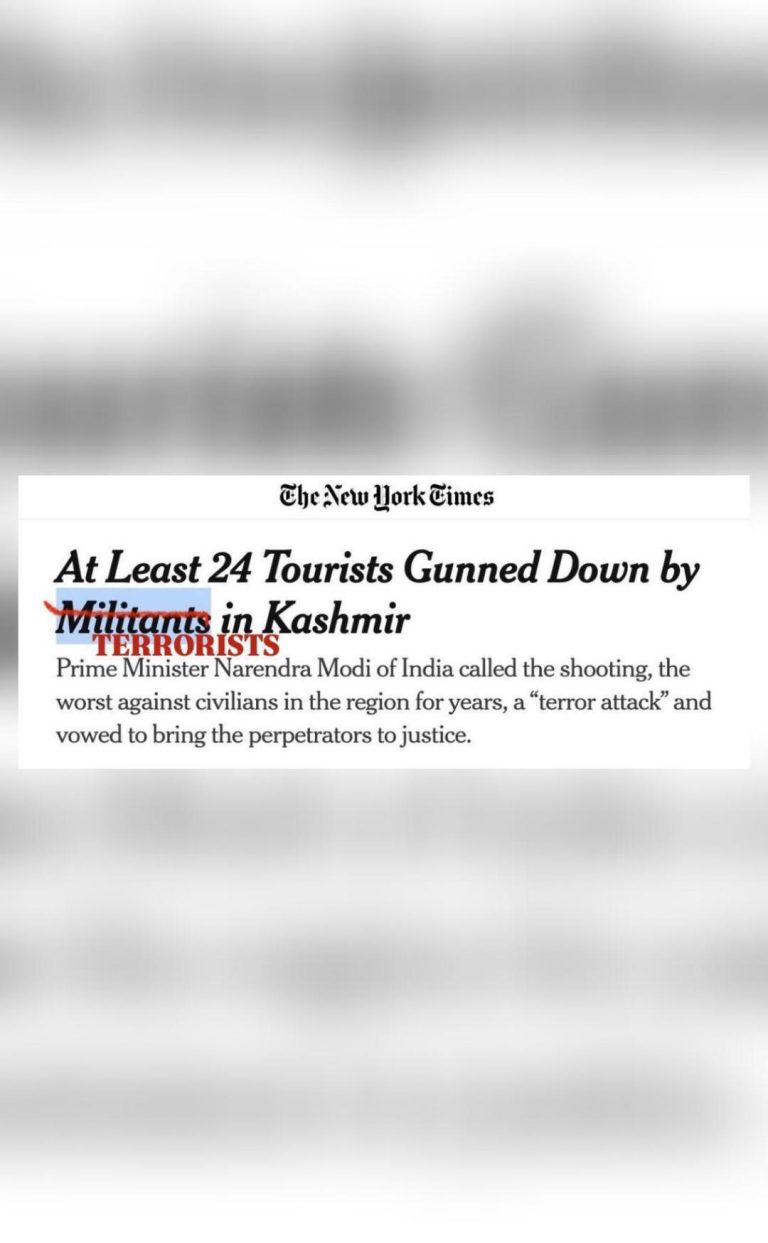
Hey NYT, Fixed It for You: US Committee After News Portal Calls J&K Terrorists ‘Militants’
The US House Committee on Foreign Affairs has taken to social media to express its displeasure with a recent article by The New York Times, which referred to terrorists behind an attack in Jammu and Kashmir’s Pahalgam as “militants”. The committee’s tweet, which has gone viral, is a scathing critique of the NYT’s coverage of terrorism and its perceived bias towards certain countries.
The tweet, which includes a screenshot of the NYT article, reads: “Hey NYT, we fixed it for you…This was a TERRORIST ATTACK plain and simple…Whether it’s India or Israel, when it comes to TERRORISM, NYT is removed from reality.” The post is accompanied by a hashtag #TerrorismIsTerrorism, which has sparked a lively debate on social media.
The article in question, which was published on November 17, reported on an attack by terrorists on a military convoy in Pahalgam, which resulted in the death of several soldiers. While the article used the term “militants” to describe the terrorists, the US House Committee on Foreign Affairs took umbrage with this terminology, arguing that it downplays the severity of the attack.
The committee’s tweet is just the latest in a long line of criticisms leveled against the NYT’s coverage of terrorism in recent years. Many have accused the newspaper of using language that is overly sympathetic to terrorist groups and their ideologies, and of failing to accurately describe the nature of the attacks.
The issue of language and labeling is a crucial one when it comes to terrorism. Using terms like “militant” or “insurgent” to describe terrorists can create a false narrative that downplays their violence and motivations. This can have serious consequences, including undermining public support for counter-terrorism efforts and creating a sense of moral equivalence between the terrorists and their victims.
In its tweet, the US House Committee on Foreign Affairs is not just criticizing the NYT’s language; it is also highlighting the perceived bias of the newspaper. The committee is suggesting that the NYT is more likely to use terms like “militant” or “insurgent” when reporting on terrorism in certain countries, such as India or Israel, but is more likely to use the term “terrorist” when reporting on attacks in other countries.
This perceived bias is not limited to the language used by the NYT. Many have also accused the newspaper of using a double standard when reporting on terrorism, with a more critical eye being applied to attacks in certain countries and a more sympathetic ear being given to the grievances of terrorist groups.
The debate over language and labeling is not new, and it has been a contentious issue in the media for many years. However, in recent times, the stakes have been raised, with the rise of social media and the proliferation of fake news and disinformation.
In an era where language and labeling can have a significant impact on public opinion and policy, it is more important than ever that the media gets it right. This means using language that is accurate, nuanced, and free from bias, and avoiding language that can be used to downplay or justify terrorism.
In conclusion, the US House Committee on Foreign Affairs’ tweet is a timely reminder of the importance of accurate language and labeling in the media. The committee’s criticism of the NYT’s coverage of terrorism is well deserved, and it highlights the need for the media to be more careful and nuanced in its use of language.
As the world grapples with the threat of terrorism, it is more important than ever that the media gets it right. This means using language that is accurate, nuanced, and free from bias, and avoiding language that can be used to downplay or justify terrorism.
Source: https://x.com/HouseForeignGOP/status/1914843415793095043






